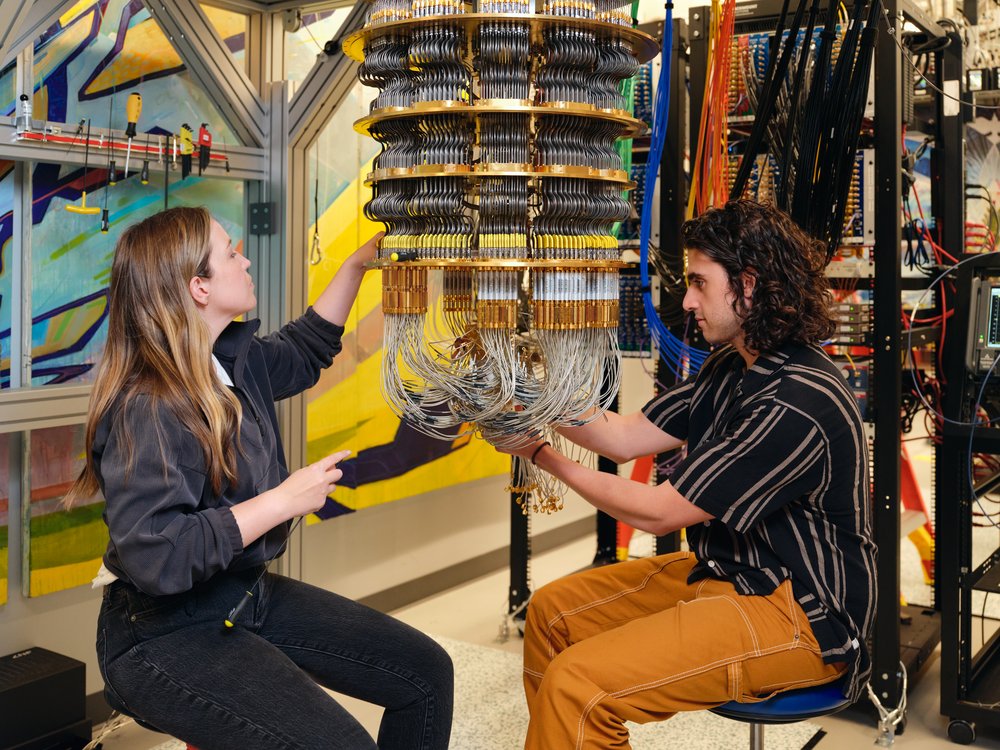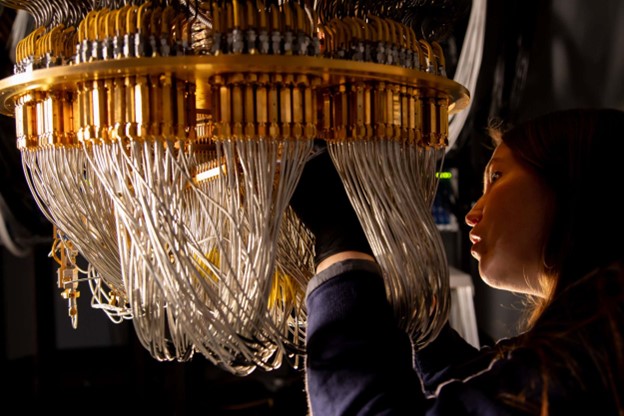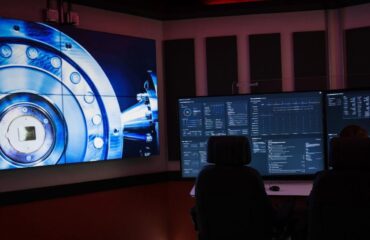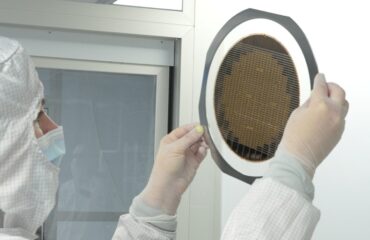By James Myers
Better-known for its globally dominant search engine, Google dominated headlines earlier this month when it announced that its quantum chip, named Willow, had succeeded in performing a calculation in five minutes that the company says would have required 10,000,000,000,000,000,000,000,000 (ten septillion) years on a supercomputer.
While the calculation required a vast number of steps but was of no practical use, it demonstrates the speed that quantum computers will deliver when the difficulties of maintaining stable quantum circuits is fully resolved. Great strides are being made in resolving the problem, called “decoherence,” and Google’s Willow chip has produced the best results yet.
Decoherence of quantum circuits is the result of errors in quantum information bits, called qubits, that are extremely susceptible to disturbance from the external environment. Several different approaches for quantum error correction are under development, and with Willow, Google succeeded in creating a logical memory that exceeded its best physical qubit’s lifetime by a factor of between 2.1 and 2.7 times. In an article by Google, published in Nature, the company states that, “Our results present device performance that, if scaled, could realize the operational requirements of large scale fault-tolerant quantum algorithms.”
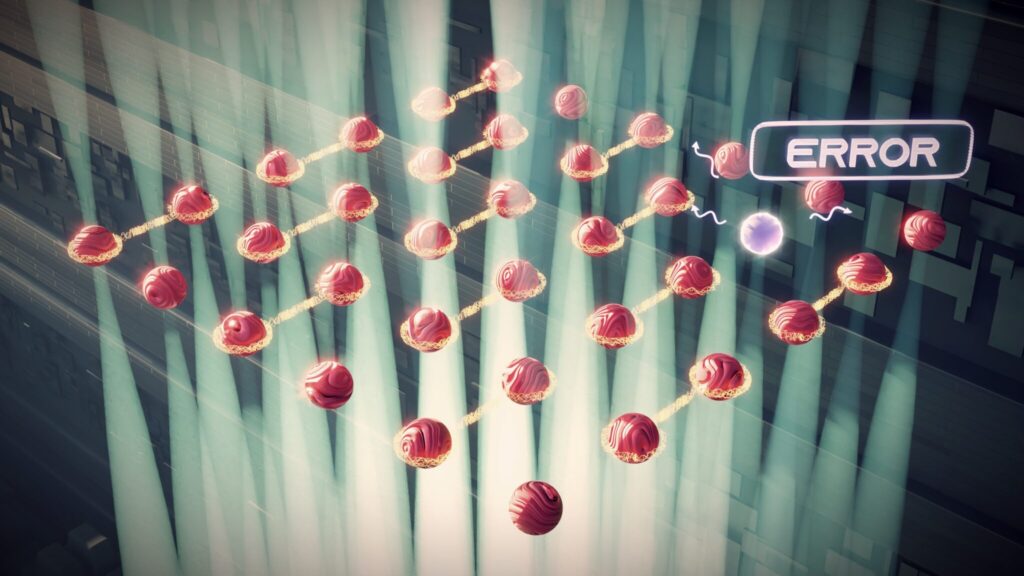
Illustration of quantum decoherence. Image by Gabrielle Meilikhov/Muza Productions, published by Princeton University.
Google states that “Willow is the first processor where error-corrected qubits get exponentially better as they get bigger.” Operating their qubits in lattices, which are grid arrangements of varying lengths, widths, and depths, the company stated that Willow’s error rate decreases by a factor of two each time the lattice size increases from 3×3 qubits to 5×5 qubits and then to 7×7 qubits. (Only odd numbers of qubits are useful).
Willow used 105 qubits to achieve the computational breakthrough. Quantum computers made by competitors IBM and Atom Computing now use over 1,000 qubits, although error rates mean that a greater qubit count doesn’t necessarily result in a better output.
For its next quantum computing milestone, Google aims to develop a long-lasting logical qubit that the company describes as “capable of performing one million computational steps with less than one error. To get there, we need scalable error correction. This includes improving qubit performance, increasing the size of our architecture & infrastructure and refining error correction techniques.”
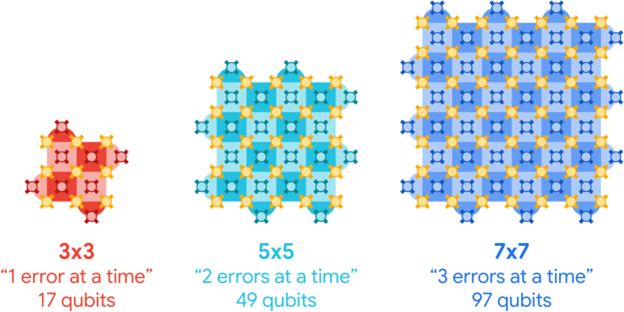
In a lattice, the encoded quantum state is stored on the array of data qubits (coloured gold). Qubits for measurement (coloured red, cyan, and blue) check for errors on the neighbouring data qubits. (Image published in Physics World courtesy of Google Quantum AI)
In his comments on the rapid progress that Willow represents, Yuval Boger, chief commercial officer at quantum computer maker QuEra Computing, wrote on LinkedIn, “The quantum industry has gone through a breathtaking transformation in the past few years. We went from ‘can quantum computers be built at all’ to ‘can we actually implement quantum error correction’ to ‘let’s scale these machines so that they deliver true business values’.”
Google Quantum AI research scientist Michael Newman told Physics World,
“We still have a long way to go, we still need to do this at scale. But the first time we pushed the button on this Willow chip and I saw the lattice getting larger and larger and the error rate going down and down, I thought ‘Wow! Quantum error correction is really going to work…Quantum computing is really going to work!’”
Together with IBM, Microsoft, Quantinuum, Xanadu, D-Wave, and a small number of other companies, Google has been investing significant resources in developing a quantum computer.
Although Google’s parent company, Alphabet, doesn’t mention quantum computing in its latest quarterly financial filing, presumably its cost is included in the $36.2 billion the company spent in the first nine months of this year on research and development. The company generates 75% of its revenue from advertising, which amounted to $192.1 billion in the first nine months of 2024, and it has deep pockets to pursue quantum computing. As of September 30, the company held over $93 billion in cash and marketable securities to fund its operations and further research.
Major progress is not limited to Google. Others are making significant contributions to our quantum computing future.
In September, U.K.-based Quantinuum announced its intention to deliver a fully-functional fault-tolerant quantum computer within five years (see our article, What’s on the Horizon for Error-Free Quantum Computing, Expected Within Five Years?). The company is making significant progress in its goal, and announced earlier this month that it had created 50 logical qubits – a feat that more than doubled the previous record of 24.
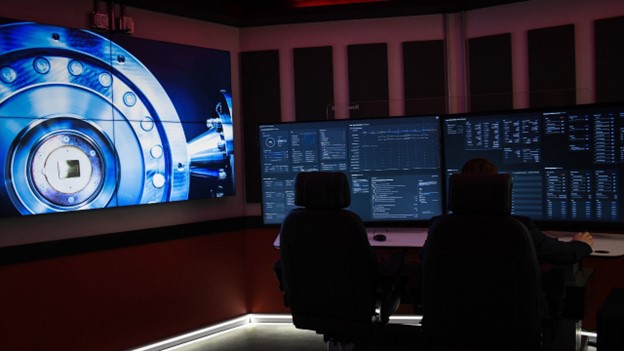
Quantinuum’s control room, displaying on the screen at the left an image of the quantum computer chamber where ions are trapped and made to operate as qubits. Image: Quantinuum.
A logical qubit detects errors in quantum circuits.
Using cooled and electrically charged ytterbium atoms, Quantinuum managed to connect (“entangle”) 50 logical qubits with an error rate of under 2%. As the Quantum Insider describes it, “A logical qubit combines several physical qubits in a way that spreads out the quantum information, so if one or more physical qubits experience an error, the overall logical qubit can detect and correct it. This ‘team effort’ ensures the computation stays on track, even in the presence of unavoidable errors.”
Quantinuum presented its achievement at the Q2B Silicon Valley conference earlier this month, where it described the architecture it has implemented to enable any quantum error correction code. Called Quantum Charge Coupled Device (QCCD), the platform’s versatility allows computational integrity at increasing scales and lays the foundation for ongoing innovation in entangling many more qubits to perform useful calculations.
Quantinuum has also made significant progress in what’s called “single-shot” error correction.
Quantum error correction has typically been an iterative process in which multiple errors are corrected one at a time until all have been addressed, but the company’s processes have increased efficiency by correcting many errors at one time. Further, Quantinuum announced in September that it had succeeded in the error-free transmission of information encoded in entangled qubits without physically moving them in space. This process, known as quantum teleportation, is as a key requirement for development of universal error-free quantum computing and networking.
Quantum teleportation was the subject of our July article Discoveries in Quantum Teleportation Could Lead to Fault-Tolerant Computers and, Possibly, Wormholes, which reported the achievement to that time of 90% accuracy in quantum information transmission. The increase in teleportation accuracy in only a few months since then, to 100%, is evidence of the rapid pace of progress in the goal of creating a fully-functioning quantum computer with real-world applications.
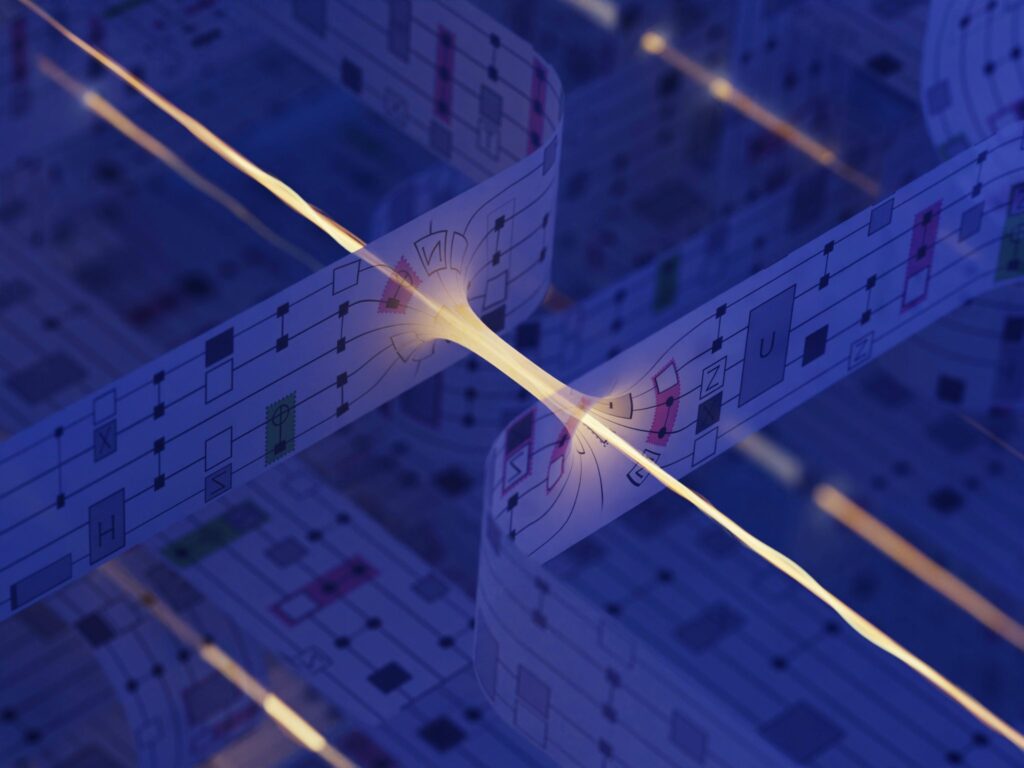
Graphic representation of a traversable wormhole created in a quantum processor. Image: A. Mueller, Caltech and MIT .
As we reported, noted physicist Dr. John Preskill has conjectured that quantum teleportation could eventually lead to the creation of traversable wormholes in spacetime, a feat that would bring science fiction to reality by creating conduits through which we could transfer objects and information through vast distances in the cosmos faster than lightspeed. But even if wormholes are much further down the road than the foreseeable future, practical applications for quantum computing now seem much closer.
Early tests with quantum computer prototypes have already shown their usefulness in complex tasks like simulating the physics of protein folding, which is critical for the development of new, life-saving medications. Companies are also exploring the effectiveness of quantum computers in the design of efficient aerodynamics and logistics planning. These, and other potential uses for a fully-functioning, error-free quantum computer operating at fantastic speed like Google’s Willow chip has demonstrated, could very soon become reality.
Your feedback helps us shape The Quantum Record just for you. Share your thoughts in our quick, 2-minute survey!
☞ Click here to complete our 2-minute survey

